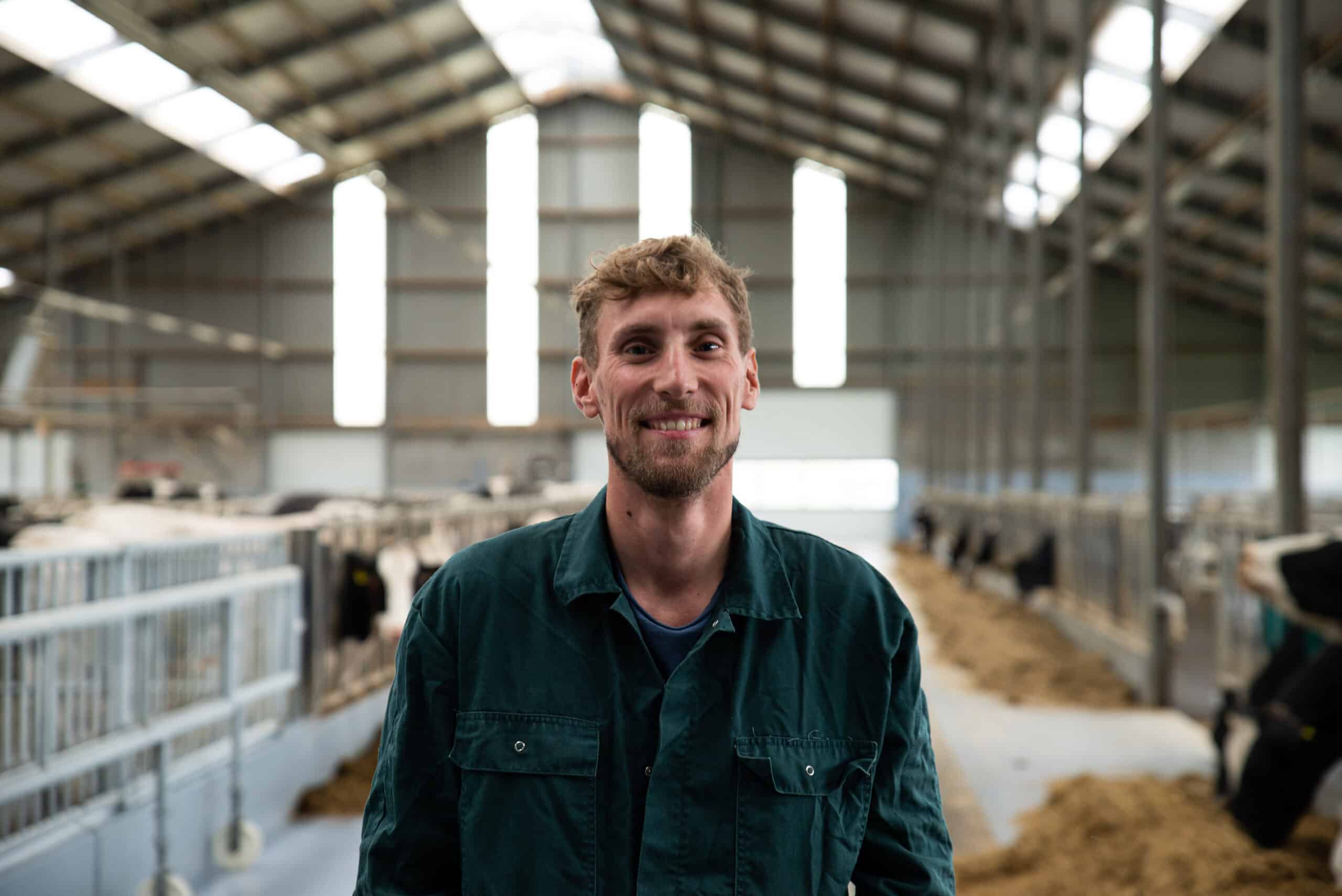
™AktivPULS installation set for milking robots
The ™AktivPULS technology is also available for different brands of milking robots. Available in different models S, S+, M+ and L22. This depends on the teat size of the cow. Interested in which robots ™AktivPULS liners are available for? Or do you doubt which size liner you will need? Feel free to contact us.

™AktivPULS replacement set for milking robots
The ™AktivPULS replacement kit can be used to replace the nipple liners sent with the installation kit.

"Tobias van Korven – Director"
Milking with ™AktivPULS has offered many dairy farmers a solution to overcome hyperkeratosis and achieve greater efficiency with both robotic and traditional milking. I am happy to be able to make such a difference in this particular industry. If you have experience with the ™AktivPULS way of natural milking, please let us know via our contact button! Your response may be added to our list of testimonials!

"Henry Molenaar"
These nipple liners brought me two things. One is an improvement in those teat ends. With dry-off it's searching for the teat holes. But also importantly, a very big piece of improvement in milk speed. I found changing liner quite exciting. After all, I went from rubber to silicone. But the somatic cell count results, they went down from 170 to 63. I am very happy with that. What I am also very pleased with is the interval of changing. With rubber, I was at 2,500. Now it is every 10,000. That still saves a lot of work. After 2.5 years of milking with AktivPULS, I will definitely not go back to another type of liner.
De Bladelse Hoef

"80% less hyperkeratosis and 20% less mastitis"
In August, we started milking with AktivPuls. During the trial period, we only changed the liners. Before the trial, practically 80% of our cows showed signs of teat-end hyperkeratosis, 20% of which was of the 4th degree. Currently, there are no cases of hyperkeratosis in the entire herd. Previously, we had 40 to 50 cows showing signs of clinical mastitis, but now we have a maximum of 10. Subclinical mastitis has decreased from 20-25% to 3-4%.
SPK Zhdanovskiy





















